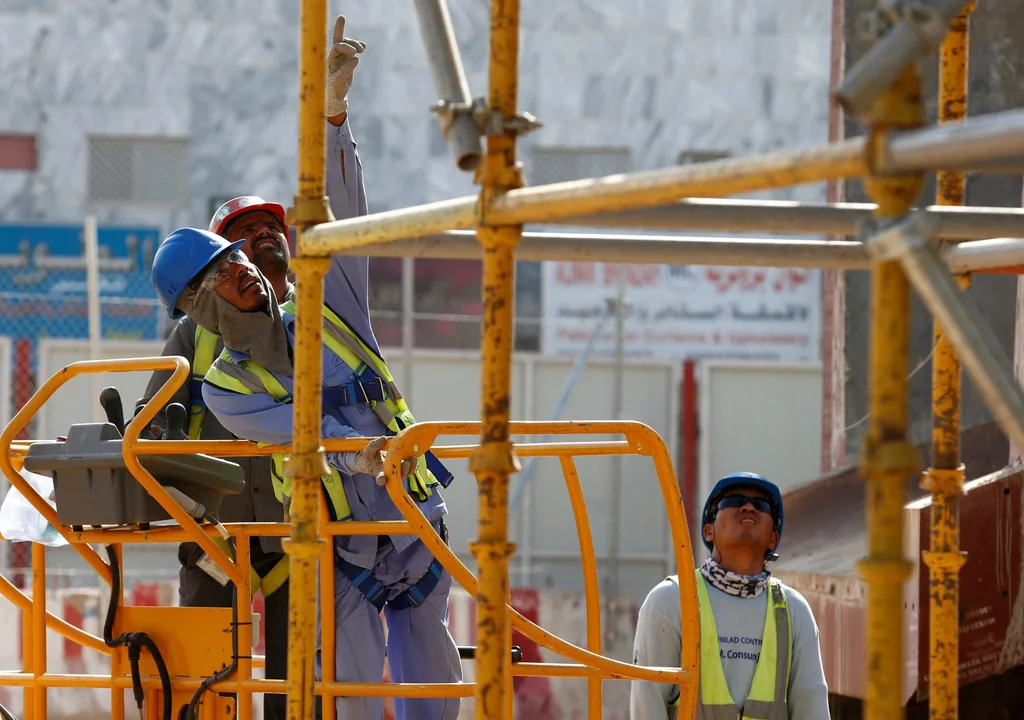Saudi Arabia’s construction output value is forecasted to reach $181.5 billion by 2028, marking a 28% increase over five years, according to Knight Frank. This growth is driven by extensive projects in residential, institutional, infrastructure, industrial, energy, utilities, and commercial sectors.
Key Factors Driving Growth:
- Current Value and Growth: The sector’s output was $141.5 billion in 2023. Investments are part of Saudi Arabia’s strategy to become a global hub for tourism, commerce, and trade.
- Giga-Projects: Major initiatives like the $500-billion NEOM megacity aim to deliver 660,000 residential units, 320,000 hotel keys, 5.3 million square meters of retail space, and 6.1 million square meters of office space by 2030.
- Government Investment Goals: The government plans to attract over $3 trillion in investments by 2030.
Sector-Specific Insights:
- Residential Sector: Dominates with 31% of the sector’s output value, expected to rise from $43.5 billion in 2023 to $56.9 billion by 2028. ROSHN aims to build 400,000 homes by 2030.
- Foreign Investments: The Muscat Stock Exchange reported a 19% increase in foreign investments, primarily in industrial and service sectors.
- Regional Focus: Riyadh leads with 38% of contract awards, followed by Makkah and Tabuk. Key infrastructure projects include the King Salman International Airport.
Economic Impact and Future Projections:
- Vision 2030: Initiatives like NEOM, The Line, and Qiddiyah drive growth.
- Market Capitalization: MSX-listed companies’ market capitalization reached 9.4 billion rials by May 2024, with a broader market value of 24.48 billion riyals.
These developments underscore Saudi Arabia’s dynamic construction sector and its pivotal role in achieving Vision 2030.

